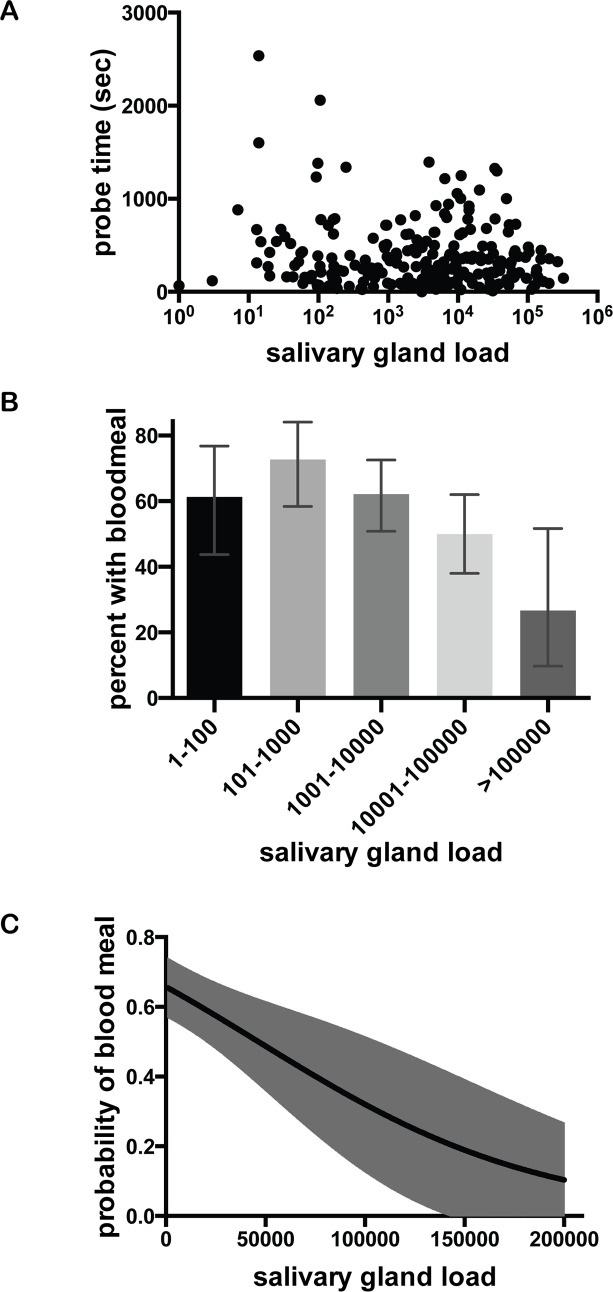Fig 5. The impact of salivary gland sporozoite load on probe time and blood meal acquisition.
Probe time and acquisition of blood meal were recorded for each mosquito feed, and subsequently salivary gland sporozoite loads were measured. (n = 221 mouse-mosquito pairs). (A) Relationship of salivary gland sporozoite load and mosquito probe time. For each mosquito, these parameters were plotted and correlation analysis revealed no significant association (Spearman rank ρ = -0.03, p = 0.66). (B) Binned salivary gland sporozoite loads suggest a relationship to blood meal acquisition. Mosquitoes are binned using the traditional method of grading salivary gland infections on a log-scale and for each bin the percent of mosquitoes obtaining a blood meal is shown. Error bars show 95% confidence intervals calculated using Jefferey’s intervals for binomial distribution [66]. (C) Logistic regression analysis of blood meal acquisition as it relates to salivary gland sporozoite load. Predicted probability of blood meal acquisition as it relates to salivary gland load from logistic regression is plotted against mosquito sporozoite load with 95% confidence intervals shown in gray shading. This analysis indicates that for every increase of 10,000 salivary gland sporozoites, the odds of obtaining a blood meal goes down by 13% (95% CI: from 5% to 21%, p-value = 0.002).

